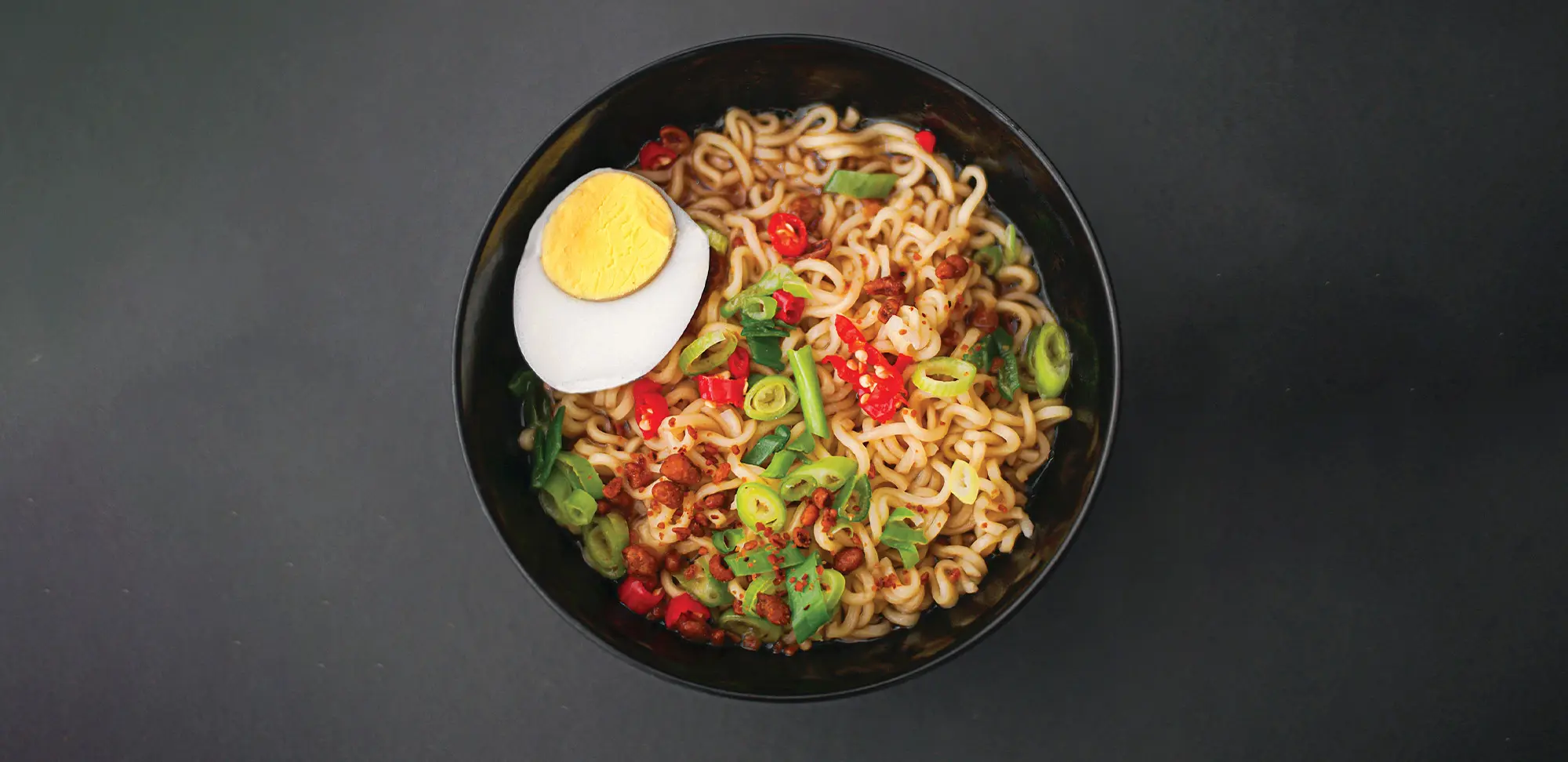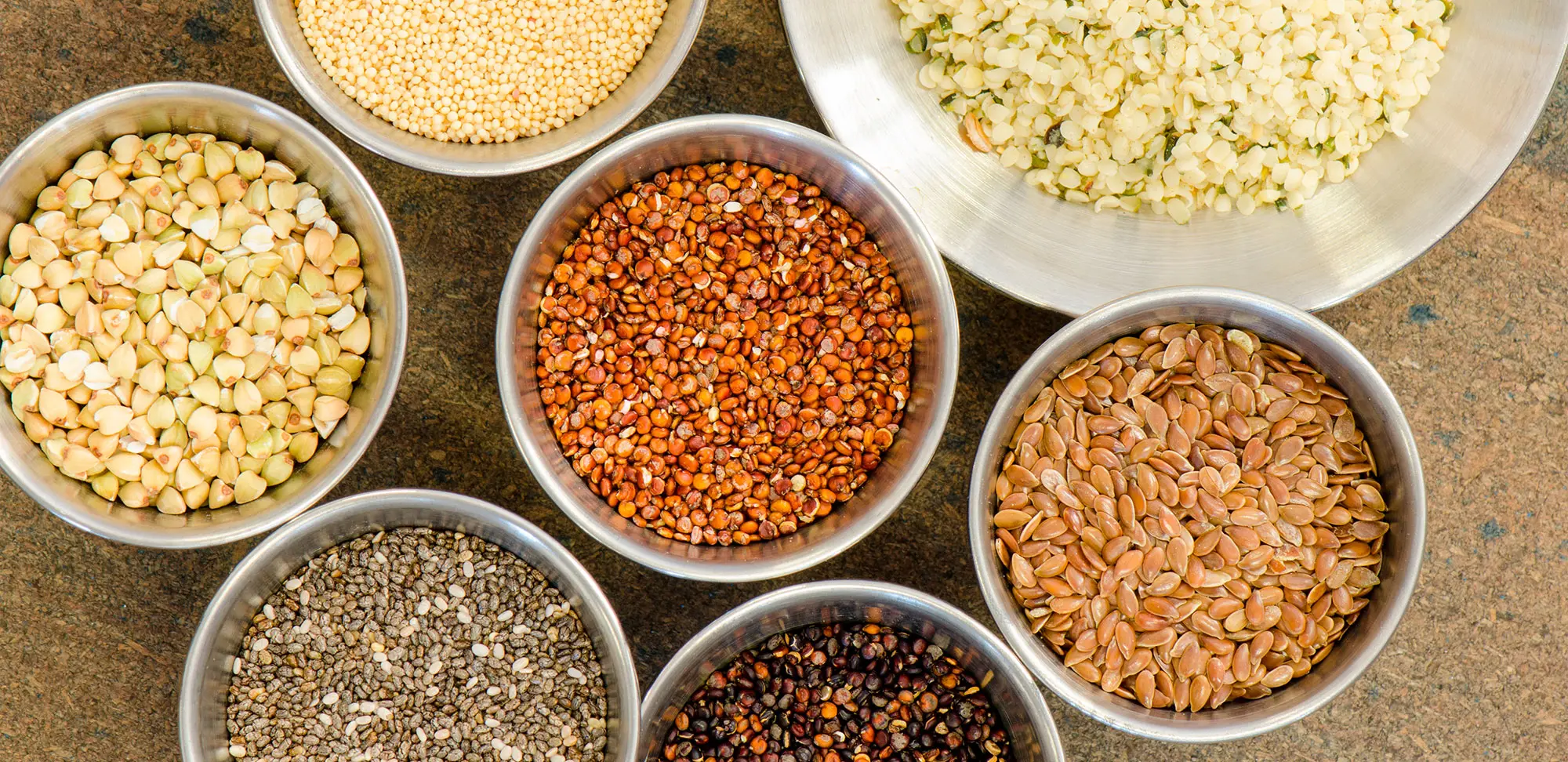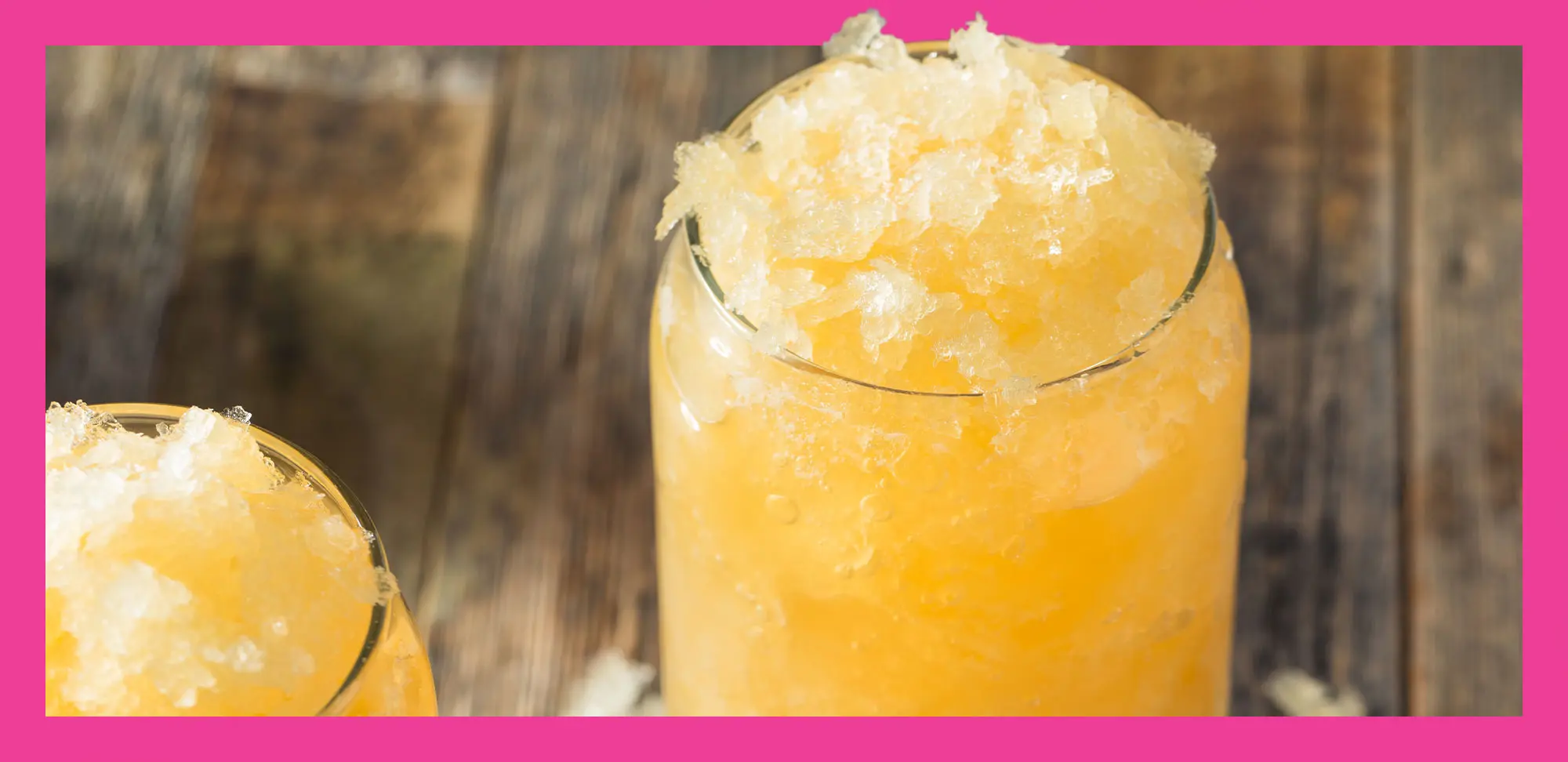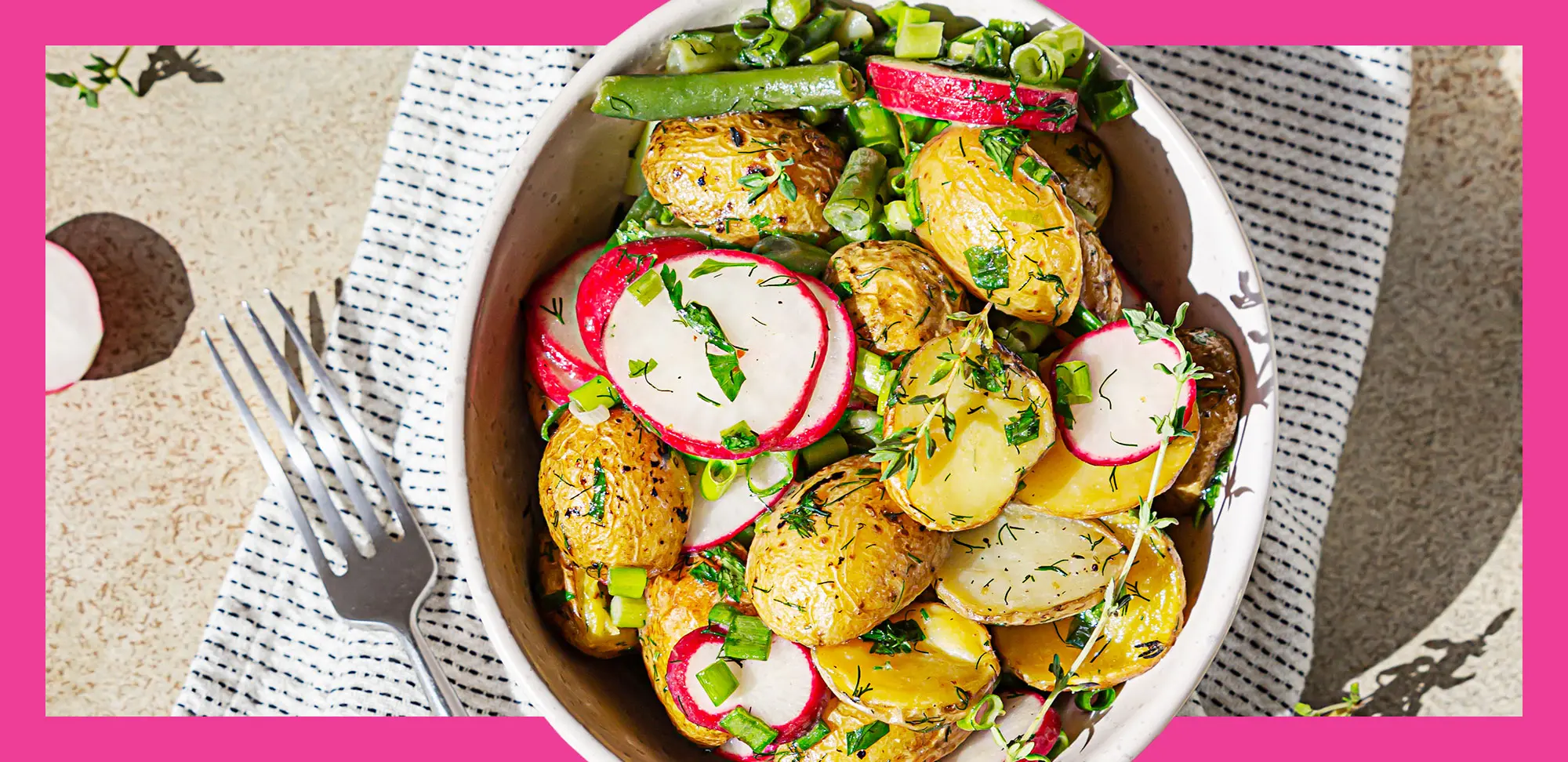Processed food has a bad reputation, blamed for a host of health issues including obesity, high blood pressure and type 2 diabetes.
But guess what? Processed food is more than deli meat, frozen pizza and fast-food burgers.
Homemade soup, whole wheat bread, ready-made salad dressing — yup: processed food.
Processing essentially means doing something to a food to change it from its natural state. In many cases this is not a bad thing. We know that unprocessed foods such as fresh fruit and vegetables are our healthiest choices. But so are minimally processed foods, like frozen vegetables and fruit with no added sugar or salt; precut, prewashed vegetables such as spinach; dried or fresh pasta; canned beans with no added salt; whole grains; milk; plain yogurt; or fresh/frozen meat, fish or chicken. These foods may be pre-cut, dried or cooked, but nothing significant is added to or taken from them.
The problem lies with ultra-processed foods, which are generally high in unhealthy fats, salt, sugars, additives, refined starches and usually calories. They also are often low in fibre, vitamins, minerals and health-promoting antioxidants. We think of them as convenience or ready-to-eat foods, quick to heat up and enjoy when time is limited. And they usually taste pretty good because of what’s been added to them.
So, should we eliminate these sorts of ultra-processed foods from our diet? In a perfect world, yes. But life being what it is, it makes most sense to try limiting how often you eat highly processed foods and ramp up whole, minimally processed and nutrient-rich meals.
Here are some quick and easy ways to make that happen.
Stock your fridge, freezer and pantry with staples that are easy to turn into quick meals. For example:
- Canned tuna or salmon make an easy sandwich or salad.
- Canned beans and lentils can quickly turn into chili, tacos, soup or a salad.
- Hard-boiled, scrambled or poached eggs make a fast breakfast, lunch or dinner.
- Cottage cheese mixed with fresh fruit or vegetables is a yummy lunch.
- Frozen edamame beans quickly defrost into a great snack.
Instead of buying instant noodles (approximately 600 to 1,000 milligrams of sodium per serving), cook your own noodles (approximately 10 milligrams of sodium per serving) and add your favourite seasonings. It’s less expensive, healthier and tastier. Instead of fancy seasoned rice that has more than 500 milligrams of sodium, cook plain white or brown rice.
Buy a roasted chicken. If you’re watching your fat intake, remove all or part of the skin. The rest is just chicken, unaltered and very convenient. Or, roast a turkey breast for a main course or sandwiches.
Read labels so you’ll pick healthier, less-processed foods like tomato sauce, whole grain bread and canned fish. Especially look for the amount of added sodium and sugar.
Pay attention to ingredient lists. Choose foods with short ingredient lists on the package and preferably with little or no added sugar, salt or fat.
The bottom line: Enjoy more whole foods or minimally processed foods and reap big health benefits.











